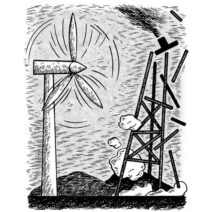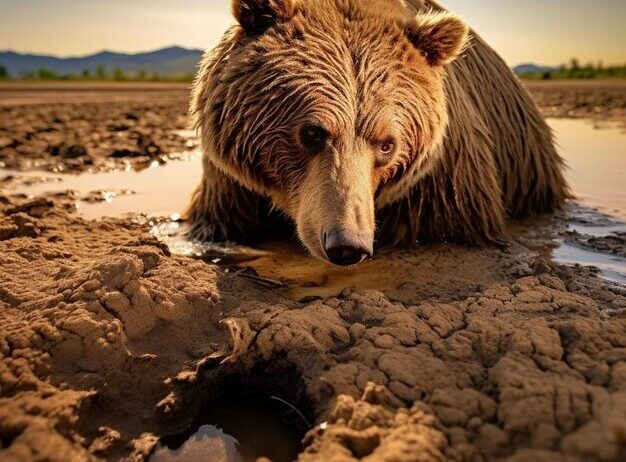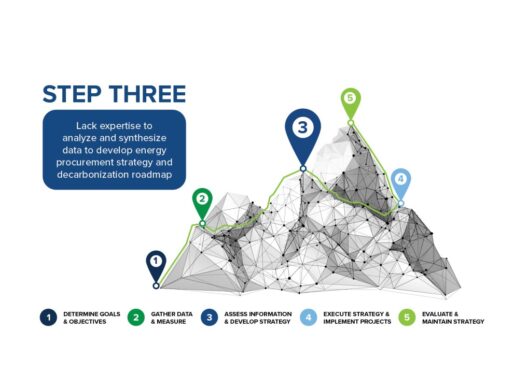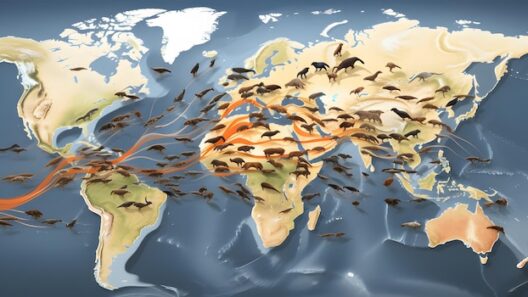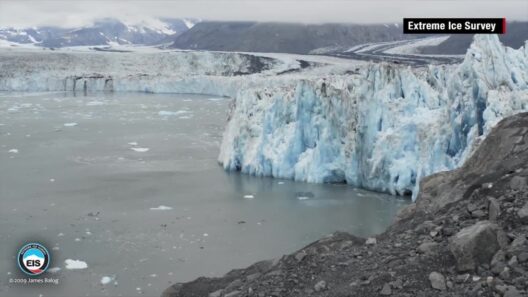The alpine ecosystem, a lofty sanctuary for diverse flora and fauna, teeters on the brink of irrevocable change as global temperatures climb. Among the inhabitants of this fragile realm, the pika—a small, resilient mammal—stands as a sentinel, embodying the intricate balance of life in these rugged heights. Pikas, often likened to tiny, furry sentinels of the mountains, exhibit a striking dependency on their unique environment. The gradual warming of the planet, however, poses an existential threat to their very survival.
Pikas thrive in the chilly embrace of alpine meadows, where the crisp mountain air fills their lungs and the intricate tapestry of rocks provides both cover and sustenance. These captivating creatures, part of the rabbit family, exhibit behaviors and adaptations finely tuned to withstand the harsh conditions of their high-altitude homes. Yet, this seemingly idyllic existence is increasingly overshadowed by the looming specter of climate change.
As temperatures rise, the delicate balance of alpine ecosystems is thrown into disarray. Pikas, adapted to life in frigid conditions, are particularly ill-equipped to handle sustained increases in temperature. With their insulating coats and sensitivity to heat, they become casualties of a warming world. More than just a simple annoyance, these shifts in climatic conditions drastically affect the availability of food. The greenery that pikas depend on for sustenance—tender alpine plants—face their own trials as the changing climate alters growth patterns, pushing vegetation to higher elevations or diminishing it altogether.
This phenomenon mirrors the interconnectedness of life; a single thread frayed can unravel an entire tapestry. Consider the pika’s food habits. They engage in an endearing behavior known as “haying,” where they collect and store vegetation to sustain themselves during winter months. However, the warmer conditions lead to earlier growing seasons and may disturb the timing of this crucial process. If a pika fails to gather enough food before the snow blankets its alpine pad, it risks entering the colder months undernourished and vulnerable.
But the repercussions of global warming extend beyond mere food scarcity. The habitat of the pika is becoming increasingly fragmented. With the ascent of average temperatures, the preferable alpine zone progressively shifts upwards. As lower elevations become inhospitable, pikas are forced to flee to higher ground in search of cooler climes. Yet, this upward movement is not without its limitations. The rocky outcrops that form their homes offer finite space; as pikas seek refuge in summits, the earth provides a diminishing return. In many instances, the vertical breadth of their habitat is insufficient to protect them from the relentless advance of a warming climate.
The plight of the pika serves as a microcosm for broader ecological changes precipitated by climate change. When one species falters, the ripple effects can alter entire ecosystems, creating a chain reaction that swiftly impacts other organisms. Predators, plant life, and even the microorganisms that form the foundation of the food web are all intricately entwined. The demise of the pika could signal a troubling harbinger for alpine biodiversity as a whole.
The vulnerability of pikas underscores the wider implications of global warming. For many, these creatures may be seen as a charming curiosity, an endearing example of nature’s paradoxical beauty. Yet, they represent much more; they are alarm bells amidst the serene silence of the mountains. Protecting these small mammals extends beyond the single species; it is fundamentally about preserving the resilience of entire alpine ecosystems. Conservation efforts must take on multifaceted approaches, ensuring habitat protection, implementing sustainable practices, and enhancing public awareness regarding the cascading repercussions of climate change.
In this pursuit, the metaphor of the canary in the coal mine resonates deeply. Just as coal miners once utilized canaries to detect the presence of harmful gases, the pika today alerts us to the pressing reality of climate change. Its struggle is a clarion call for action, a reminder of our shared responsibility to combat this global crisis. The fate of the pika will ultimately be determined by our collective choices, actions, and willingness to shift the trajectory of our environment.
To succeed in this endeavor, a multi-pronged strategy is essential. Preservation of alpine habitats through strategic land management, restoration projects, and the establishment of protected areas can mitigate some effects of climate change. Developing a deeper understanding of these creatures, their behaviors, and their ecological roles will empower us to create policies that not only safeguard the pikas but also the myriad species with which they coexist.
Moreover, fostering a connection between humanity and nature is critical. The eloquence of this little animal, lounging among vibrant alpine flowers, speaks volumes about the health of its ecosystem. As we foster respect for such creatures, we cultivate a more profound understanding of the interdependencies that underpin our world. Educating future generations about the importance of biodiversity, ecosystem conservation, and sustainability will create advocates for a future where pikas and their alpine brethren thrive.
In summation, the plight of the pika stretches far beyond its dwindling population numbers. It encapsulates the stark realities posed by climate change and our role as stewards of the Earth. As these small, plucky mammals grapple with the escalating consequences of a warming climate, it is incumbent upon us to heed their warning. In appreciating their charm and recognizing their fragility, we can evoke a sense of urgency in addressing climate change, ensuring a future where the mountains continue to echo with the sounds of their joyful presence.
